Science- Sexy Sea Worm you need To Know And Pictures.
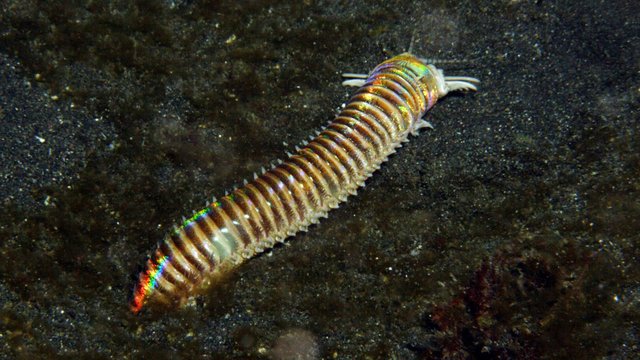
Facts about Marine Ribbon Worms

Ribbon worms come in all shapes and sizes. This one, with white stripes along the body, was found off the coast of Mexico.
With more than 1,000 species of ribbon worms (phylum Nemertea), most found in the ocean, there is a huge range of sizes and lifestyles among the various types. A defining characteristic of ribbon worms is the presence of a proboscis—a unique muscular structure inside the worm’s body. When attacking prey, they compress their bodies to push out the proboscis like the finger of a latex glove turned inside-out.
FEW FACTS ABOUT RIBBON WORMS ARE:
The smallest ribbon worm species is less than a centimeter long, and resembles a piece of thread more closely than what we think of as a worm.
Ribbon worms have highly developed muscles that allow them to contract their bodies, shrinking to a tenth of their extended length when threatened.
Most ribbon worms produce a slippery mucus that covers their bodies and helps them to navigate through the mud and rocks on the ocean floor.
Marine ribbon worms usually have separate sexes and temporary sex organs. Rows of gonads line the inside of their bodies to produce either eggs or sperm. When they are ready to be released, the gonad ducts form on demand and are reabsorbed after reproduction.
Not all ribbon worms are predators – some are parasites. One genus of ribbon worms, Carcinonemertes, lives as a parasite on crabs, eating the crab’s eggs and any animals that it can find from the confines of its host.
SOME PICTURES OF OTHER SEXY WORMS ARE:
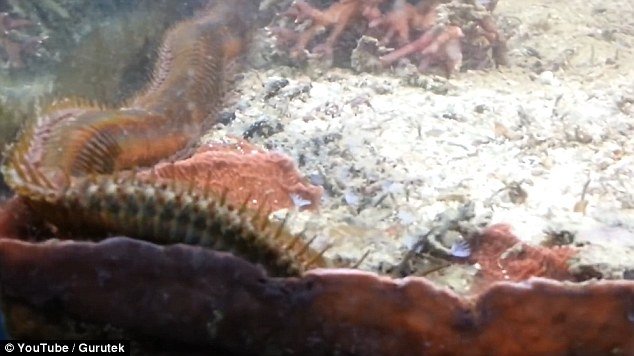
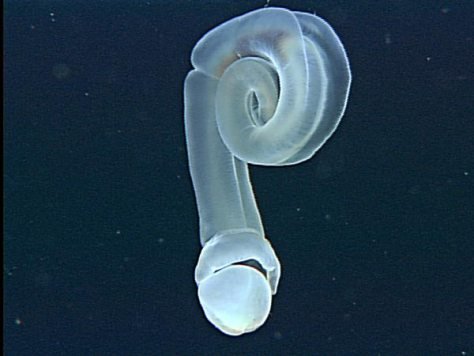
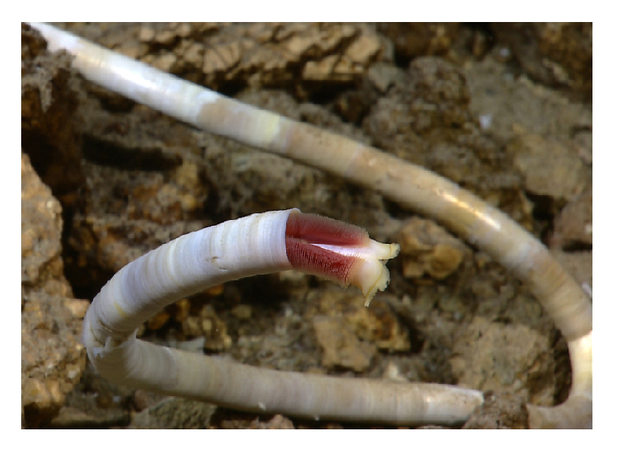

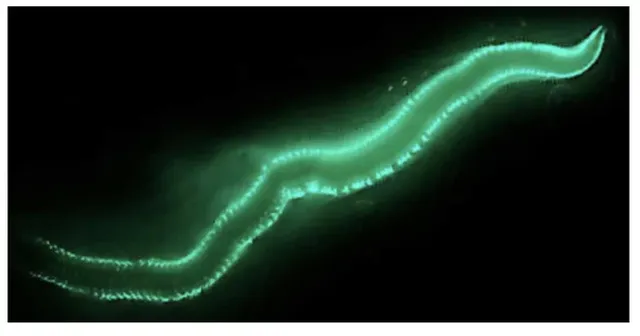
Hi! I am a robot. I just upvoted you! I found similar content that readers might be interested in:
https://www.smithsonianmag.com/science-nature/14-fun-facts-about-marine-ribbon-worms-3156969/